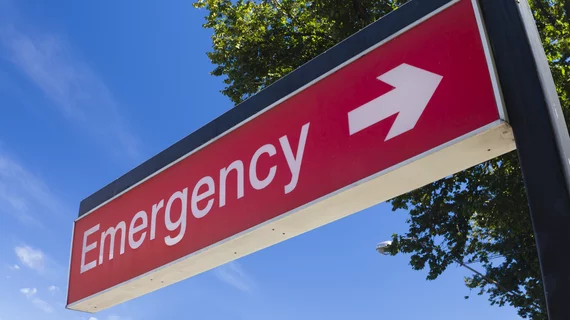Free-standing ED prices substantially higher than other care settings
Consumers are more into convenient options when it comes to just about any industry, but in healthcare, the preference has led to national growth in freestanding emergency departments (FSEDs).
In 2016, there were 566 FSEDs in the U.S.––42 percent more than in 2015 and 155 percent more than in 2008, according to UnitedHealth Group. These care settings have a low barrier to entry and a high potential for profit, plus they offer convenient care options for consumers and are physically separate from hospitals.
EDs that are freestanding and hospital-based treat millions of patients each year for non-emergent conditions and charge substantially higher prices than other care settings, such as physician offices and urgent care centers, according to a recent analysis by UnitedHealth Group.
In Texas, the average cost at an FSED for a set of 10 non-emergent conditions frequently treated at these facilities is 22 times more than at a physician office––$3,217 compared to $146, respectively. The average FSED cost was 19 times more than an urgent care center, which was $167. Lab, pathology and radiology services for these conditions average $785 at an FSED, a whopping 30 times higher than the $26 at a physician office.
Many of the conditions treated at FSEDs can be treated at lower-cost sites of care. For instance, the five most frequent diagnoses at Texas FSEDs are common conditions: fever, acute bronchitis, acute pharyngitis, acute upper respiratory infection and cough.
The higher cost is likely attributed to the facility fee, which covers overhead of full-service hospitals. However, FSEDs don’t treat all types of critical conditions, such as trauma, stroke and heart attack. They don’t typically receive ambulances or have an operating room on site. These sites of care also tend to be located in affluent areas, directly contradicting the claims that FSEDs can help increased access to emergency services in underdeveloped communities.
Most FSEDs are independent, though some are hospital owned. And consumers can have difficulty distinguishing between an urgent care center and an FSED, according to the analysis. Consumers who receive care at an FSED are charged more on average compared to services at a physician office or urgent care center. And they’re often on the hook to pay more.
At Texas FSEDs, consumer financial responsibility averaged more than $800, significantly more than the $100 average at physician offices or urgent care centers for the treatment of common conditions.
Moving care from an FSED to a physician office or urgent care center could save 95 percent, or more than $3,000, per visit in Texas. Annual healthcare spending could be reduced by more than $800 million. Extrapolated out to 1 million visits each year, the savings in Texas alone could reach $3.1 billion, UnitedHealth Group found.

